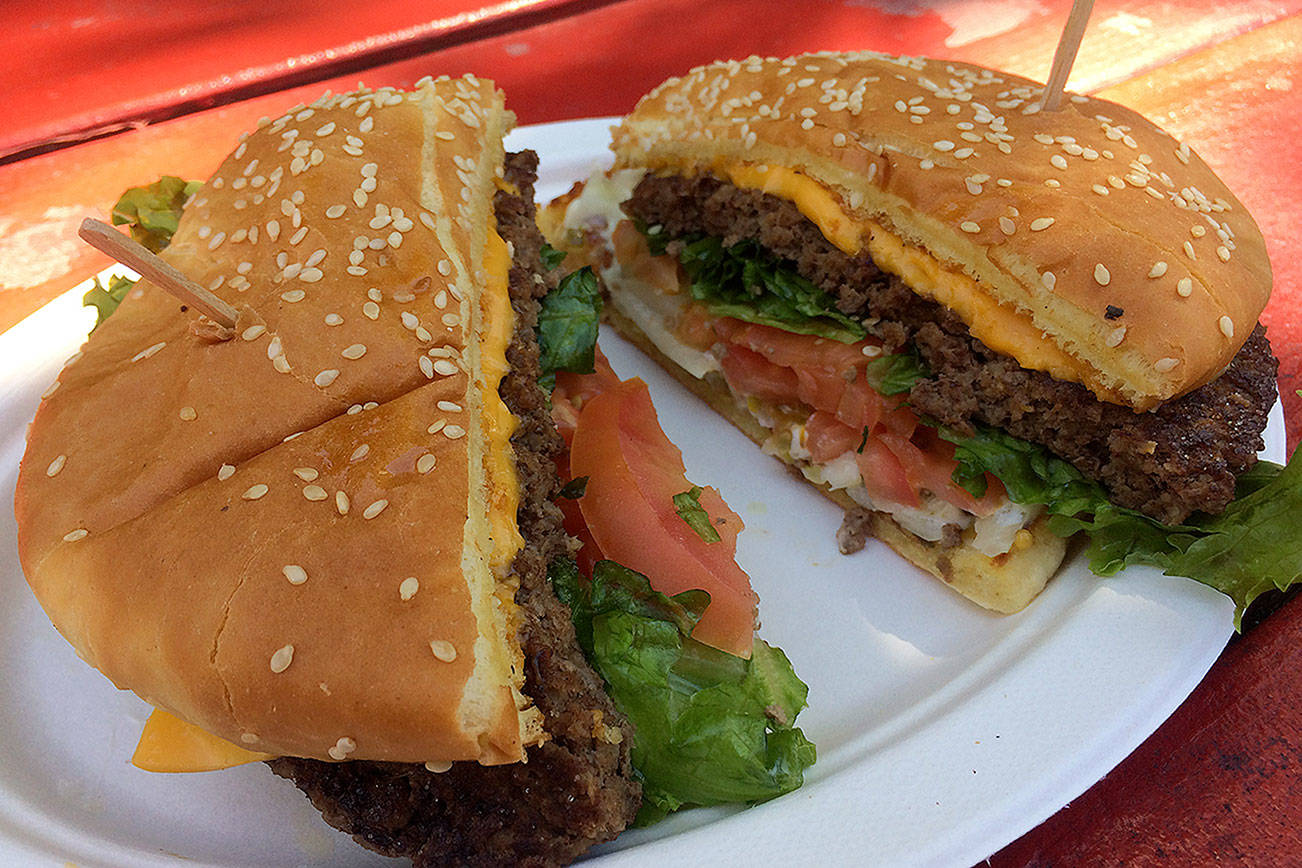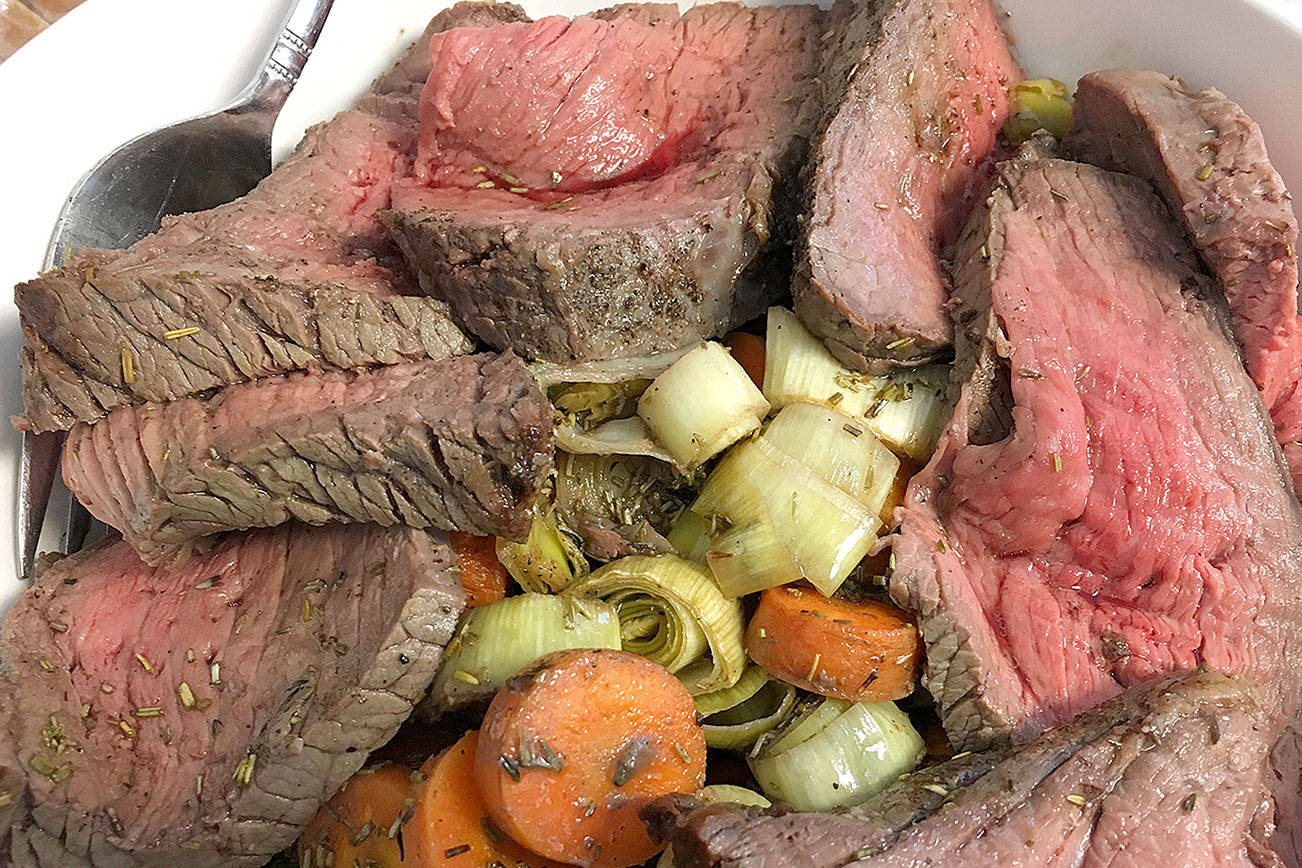flickr user annia316A few years ago, while wandering through the produce section, a strange Sputnik-like vegetable caught my eye: kohlrabi. Intrigued, I took it home with me and discovered that, on the subject of kohlrabi, my cookbooks were noticeably silent. I turned to the internet, where I found some recipe that recommended cutting it into matchsticks along with fennel or carrot or some other root vegetable, and eating it as a raw salad. It was….fine? I really can’t remember. I do know that I never bought a kohlrabi again. A few weeks ago, I opened up my CSA box and found three mini kohlrabis, still looking like they may have just come in from outer space, sitting calmly between the escarole and the radishes. It was time to figure out a new kohlrabi plan. The helpful newsletter Local Roots sends out with their boxes each week told me that at this small size, I could simply slice the kohlrabi (no peeling necessary) and eat it with a sprinkling of salt. I tried this method, along with throwing them into salads for a little extra crunch, which was also fine. But I still felt like I was just going through the motions. Kohlrabi showed up twice in the box after this, each time bigger and more imposing, and I realized that I needed a game changer, asap. I turned to my trusty Oxford Companion to Food which, in its entry on kohlrabi, is not particularly kind: “Brassica oleracea, a bizarre form of the common cabbage.” Popular in Germany, it continues, “the name comes from the mistaken belief that it is a cross between a cabbage or kale (German Kohl) and turnip (species name rapa).” The final paragraph of the entry is where things got really interesting, with a quote from Lesley Chamberlain: “its flavour…is only fully released when it is as tender as a soft fruit.”I have no idea who Lesley Chamberlain is, but I’m grateful to her. Whereas raw kohlrabi did little for me, roasted kohlrabi is delightful. Before I roasted it, I found kohlrabi’s flavor hard to place, kind of a hodge podge of fellow Brassicas: cauliflower, broccoli stem, cabbage. When roasted, it retains a bit of that edge, but also acquires a sweetness and nuttiness that I was unable to detect before. It also becomes creamy and almost custard-like inside. Kohlrabi makes for a nice, unexpected addition to a pan of roasted vegetables, as well as in salads. I recently stirred roasted cubes into some lentils and farro I was cooking, and was taken aback by how nice a combination it was. I’ve also found that roasted cubes of kohlrabi taste great cold, covertly picked, one by one, from a little dish in the refrigerator.
More Stories From This Author
For 50 years, Zeke’s off US 2 has served delicious burgers
It’s been a popular pit stop in Gold Bar for skiers and hikers, and the same family still runs it.
With ‘Game of Thrones’ ending, it’s time for a proper feast
How to make a meal inspired by the Lannisters’ and Starks’ world, fit for the King in the North.
Stash Box: 2016-2019
Time to roll one for the road …




